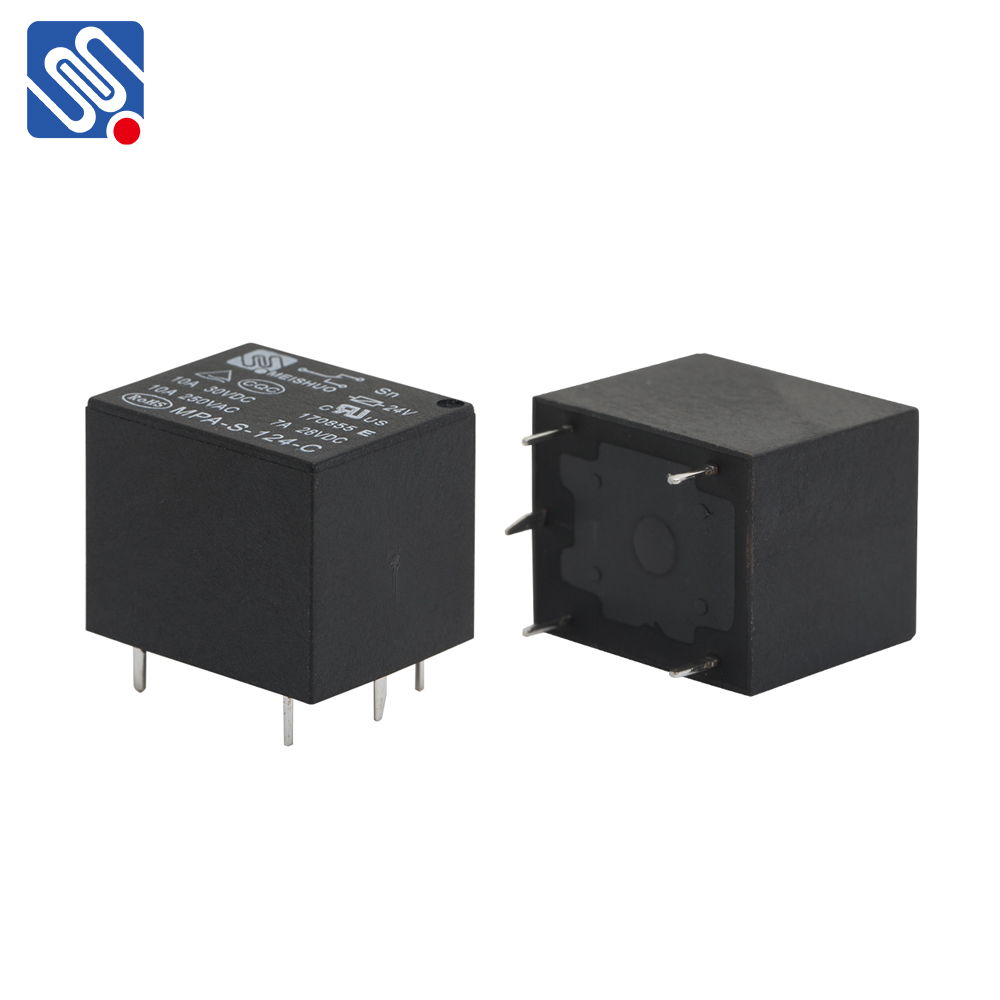understanding the 12 volt relay: function, applications, and benefits
Release time:2025-05-20 04:30:29
A 12-volt relay is an essential component in the world of electrical and automotive systems. It acts as an electromechanical switch that is used to control a circuit by a low-voltage signal. The relay enables the switching of high voltage or high current devices with a small control current, which is extremely valuable in various applications. Whether you're working on automotive projects, home automation, or industrial control systems, understanding the function, applications, and benefits of a 12-volt relay is crucial.

What is a 12 Volt Relay?
A 12-volt relay is a type of relay that operates on a 12-volt electrical system, a standard voltage level for automotive and many other electronic applications. A relay consists of a coil of wire, an armature, and one or more sets of contacts. When a current flows through the coil, it generates a magnetic field that pulls the armature, closing or opening the contacts. This action allows the relay to control the flow of current to other components in a circuit.
How Does a 12 Volt Relay Work?
The basic operation of a 12-volt relay involves using a small current to control a larger current. When a low voltage (12V DC) is applied to the relay coil, it creates a magnetic field that activates the relay’s internal mechanism. This mechanism typically includes a switch that either closes or opens a set of contacts, allowing or interrupting the flow of power to a connected device. The ability to control high-current devices with low-power signals is what makes relays so useful in many electrical systems.

